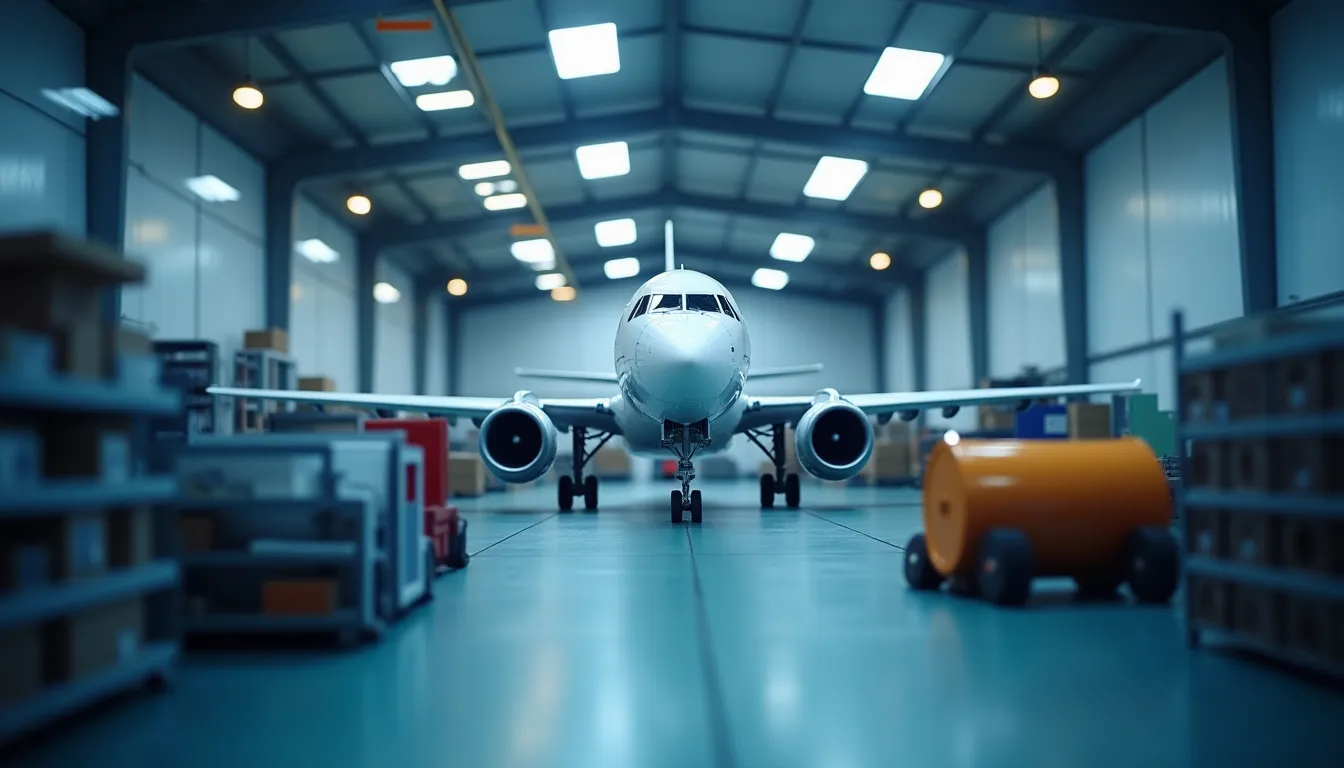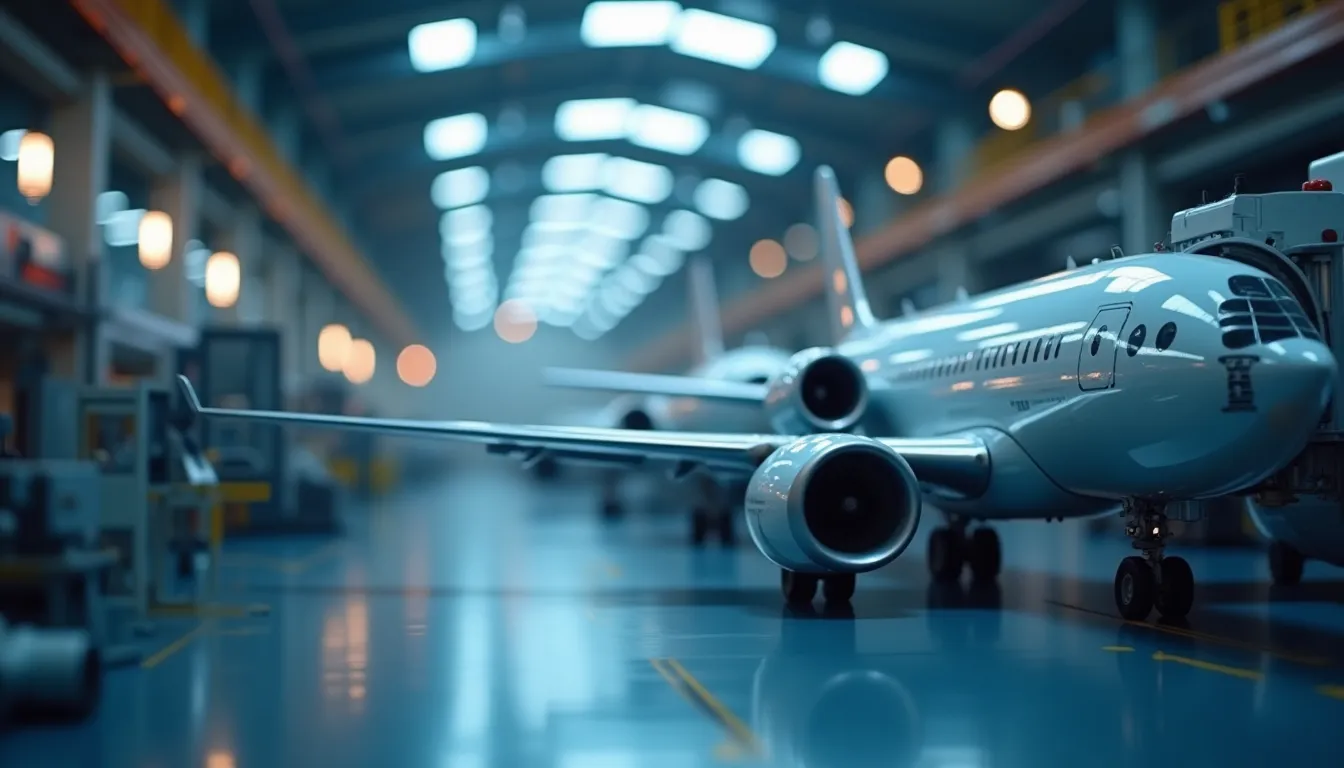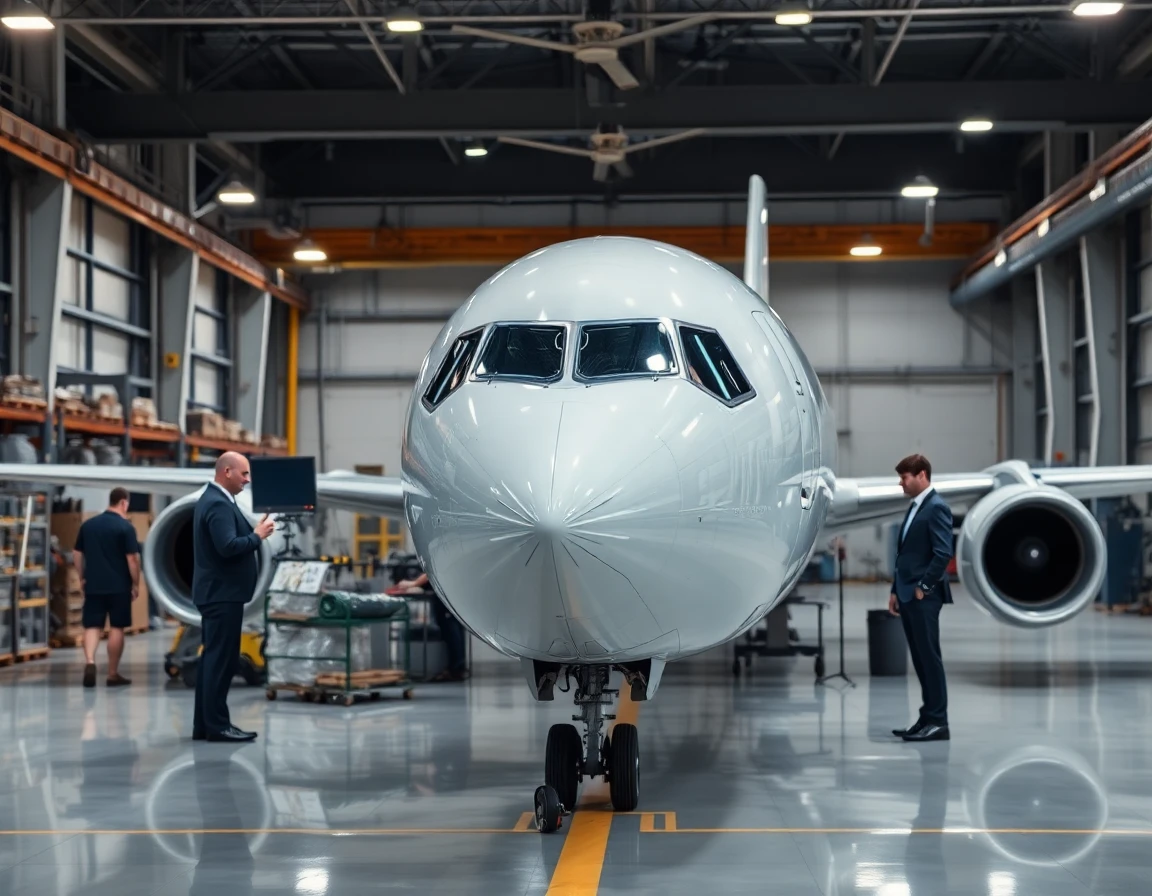The aerospace materials sector is undergoing a significant transformation, propelled by innovations in material science, strategic acquisitions, and a strong push towards sustainability. As the industry anticipates substantial growth over the next few years, the focus on lightweight, high-performance materials is more critical than ever. This article delves into the current trends, key technological developments, and the implications for the aerospace and defense sectors.
Market Growth and Material Trends
Recent projections highlight the aerospace materials market’s expected growth from USD 43.0 billion in 2025 to USD 62.3 billion by 2030, reflecting a robust compound annual growth rate (CAGR) of 7.7%. This uptrend is primarily driven by the increasing demand for new aircraft and the industry’s shift towards utilizing lightweight materials.
Key Materials Driving Change
Among the materials gaining traction are:
- Lightweight Composites: These materials offer an impressive strength-to-weight ratio, allowing for significant weight reductions in aircraft structures, which translates into improved fuel efficiency.
- Titanium Alloys: Known for their high strength and corrosion resistance, titanium alloys are increasingly being used in critical structural components, offering durability without the added weight.
- Next-Generation Aluminum Alloys: Innovations in aluminum alloys are leading to materials that are not only lighter but also exhibit enhanced fatigue resistance and better performance in extreme conditions.
These advanced materials are essential as they meet regulatory pressures aimed at reducing carbon emissions while enhancing aircraft performance. Furthermore, the embrace of sustainable practices is prompting the aerospace industry to explore low-carbon and recyclable materials, aligning with global environmental goals.
Strategic Acquisition of Dual-Use UAS Technology
In a notable development, Volatus Aerospace has acquired advanced dual-use uncrewed aircraft systems (UAS) technology, an initiative aimed at bolstering Canada’s aerospace sovereignty and meeting allied defense requirements. This acquisition includes three scalable fixed-wing UAS platforms with varying specifications:
- Maximum Takeoff Weights: Ranging from 100kg to 265kg
- Payload Capacities: Between 15kg to 50kg
- Flight Endurance: Capable of sustaining flight from 12 hours to 7 days
These versatile UAS platforms are designed for multiple mission roles, including border security, persistent surveillance, and critical infrastructure inspection. The modular design allows for easy integration and manufacturing at Volatus’ new aerospace systems facility in Canada, showcasing a leap in advanced aerospace manufacturing capabilities.
Implications for the Defense Sector
The ability to deploy UAS technology effectively expands operational capabilities for defense forces, enhancing surveillance and reconnaissance missions. This aligns with the growing trend of incorporating precision accelerometers and advanced sensor modules, such as the Advanced 9-DOF MEMS IMU, which can provide comprehensive motion sensing capabilities critical for UAV navigation and control.
Industry and Corporate Updates
The aerospace materials industry is not only experiencing growth but also a renewed focus on financial health and operational excellence among key players. For instance, Howmet Aerospace recently announced its third-quarter 2025 financial results, highlighting its commitment to aerospace materials manufacturing amidst a competitive landscape. Their efforts reflect ongoing industry activity and the importance of maintaining robust supply chains in this evolving market.
Additionally, SAE International’s October 2025 Aerospace & Defense Technology publication underscores the sector’s dedication to maintaining high manufacturing standards and promoting innovation in aerospace materials. The commitment to quality and performance remains a cornerstone as companies adapt to changing market dynamics.
Conclusion
The aerospace materials landscape is set for transformative growth as the industry embraces advanced materials and technologies. With an anticipated market expansion driven by lightweight composites, titanium alloys, and cutting-edge aluminum alloys, the future looks promising for aerospace manufacturers and defense contractors alike. Moreover, strategic acquisitions like Volatus Aerospace’s UAS technology highlight the critical role of innovation in enhancing operational capabilities and supporting national defense initiatives.
As sustainability continues to be a priority, the aerospace sector must remain vigilant in adopting environmentally responsible materials and practices. The integration of advanced technologies, such as high-performance MEMS accelerometers and thermal battery systems, will further enhance the operational capabilities and efficiency of future aircraft designs. As we look ahead, the intersection of innovation and sustainability will undoubtedly shape the future of aerospace materials and their applications across the globe.
References
-
Volatus Aerospace acquires strategic dual-use UAS technology to … (www.arctictoday.com) - 11/1/2025 Acquisition includes advanced suite of highly modular dual-use defense assets with near-term commercialization potential; Synergistic with …
-
Aerospace Materials Market 2025-2030: Key Trends, Opportunities … (www.barchart.com) - 10/31/2025 The Aerospace Materials Market is experiencing robust growth, driven by rising aircraft production, lightweight material adoption, …
-
Aerospace & Defense Technology: October 2025 - SAE International (www.sae.org) - 10/1/2025 Aerospace & Defense Technology: October 2025 · Nadcap at 35: Still Defining Excellence in Aerospace and Defense Manufacturing · High Performance …
-
Howmet Aerospace to Host Webcast and Announce Third Quarter … (www.howmet.com) - 10/1/2025 1, 2025 /PRNewswire/ — Howmet Aerospace Inc. (NYSE: HWM) will announce its third quarter 2025 financial results on Thursday, October 30, 2025.



